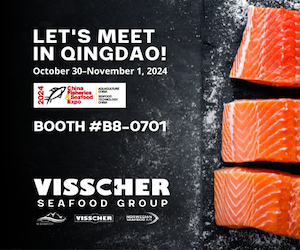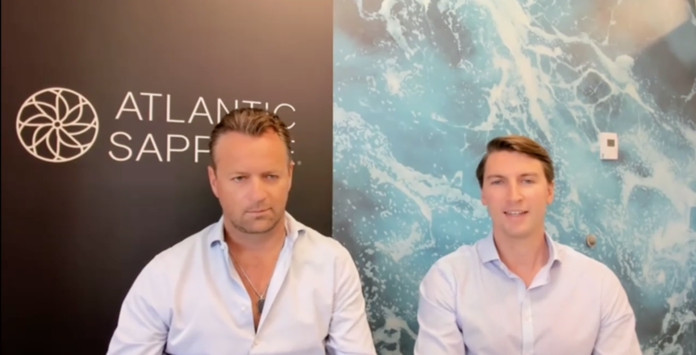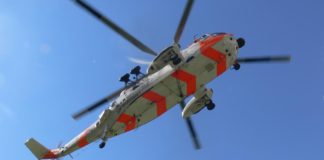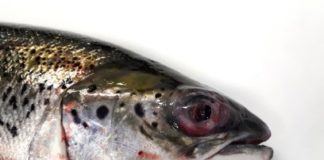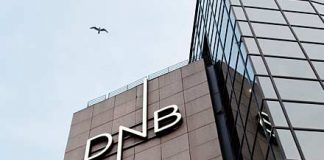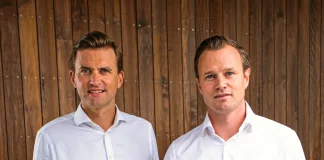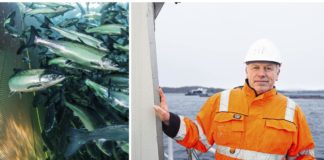Atlantic Sapphire missed growth targets tied to fish weight by ten percent in the month of May as fluctuating water salinity due to a malfunctioning well pump caused the fish to lose appetite, underscoring the challenges the land-based salmon farmer continues to face at its Miami operations.
CEO and co-founder Johan Andreassen said the event amounted to an “opportunity loss of around 75 tons of gain.”
“We have had pump issues in the last two months and even though this is not dangerous for the fish, it does impact our water stability. We have improved our protocols and looking into other pump setups to reduce downtime during maintenance going forward,” he said.
At the monthly webcast geared toward investors and analysts, Andreassen said the company achieved $8.1/ kilo on average due to “a relatively high share of downgrades linked to the harvest of the initial batches.”
The Fish Pool reference price in May was around $11/kg, putting the company’s price achievement of $8.1/kg at roughly 30-percent discount. But for its premium fish, which was sold at $12.4/kg, the company fetched a $1.4 premium to Norwegian fish. “Apples to apples,” Andreassen told SalmonBusiness.
Compared to the Urner Barry Fresh Farmed Salmon Index, which at May was at $8.9/kg, the $8.1/kg is at a $0.80 discount. “Urner Barry is premium only and should be compared to our $12.4,” added Andreassen.
The downgrades were among the initial batches of salmon fed into the facility, which CFO Karl Øystein Øyehaug earlier said did not have the right environment they needed to thrive.
“The price achievement for our Superior 3kg-plus fish was $12.4 dollars per kg. We expect an uptick in price achievement with the consistent harvest of new batches over the next months,” he said.
At the moment, the facility only has approximately 80 tons left of the fish from the initial batches, representing roughly 3 percent of the current 2,700 tonnes of biomass.
“The May biomass gain came in with an uptick to 430 tonnes versus 400 tonnes in April. We harvested approximately 140 tonnes as we only harvested sufficient volumes to fulfill our program business commitments,” said Andreassen.
He added that this makes financial sense because harvesting larger volumes when the filleting line becomes operational this month will allow the company to “capture better yields to fillet as well as lowering our processing costs.”
Q3 expectations
Aside from reaching steady state biomass gain and harvest volumes in the Phase 1 facility sometime during Q3, Andreassen expects the farm to be fully stocked during Q3, meaning all the tanks will be in use.
Q3 will also see the facility housing only the new batches of salmon as the fish from the initial batches would have all been harvested by then.
“The new batches continue to outperform the initial batches with the biggest batch able to reach 2.2 kgs after 18 months, with a lot of fish being over 3 kilos.
“We did a small test harvest of approximately 8,000 fish of B1 (first group of the new batch in the facility) in late May and as expected we didn’t see any elevated and maturation in that harvest.”
Phase 2 updates
Phase 2 construction is ongoing but the global supply chain disruptions have worsened, which “delayed the process of getting an updated budget and timeline in place.”
“As of end of April, we had spent a total of $68 million on Phase 2 construction… Like we talked about last month, our engineering team is working hard on value engineering to limit the effect on capex and timeline to the greatest extent possible and to get an updated budget in place that we are comfortable with,” Øyehaug said.
“Our focus right now is to ensure we have full control of the cost and quality of the project. Which explains why it’s the right thing to spend some more time now to ensure we maximize the return on the Phase 2 project as a whole.”
Andreassen said: “We have clear action items identified. That gives us comfort that we will reach the targeted growth rate over time. The devil is in the details to get there. And focus is to execute on the plan to do without delays that reduce growth as well as always keeping everything stable.”
When asked to give more details about those “action items,” Andreassen replied:
“It’s a mix of a lot of things. And as I said, the devil is in the details to reach the full utilization of the animal. So basically when we have delays, for example in the fish transfers, if you have downtime in our feeding system, there’s a lot of smaller things that happen during operations that somewhat have implication on our ability to feed all the fish in the facility at any given time. There is nothing dramatic in this. This is just us becoming even better at executing on day-to-day operations. We have a clear path to improve month by month, year by year.”

